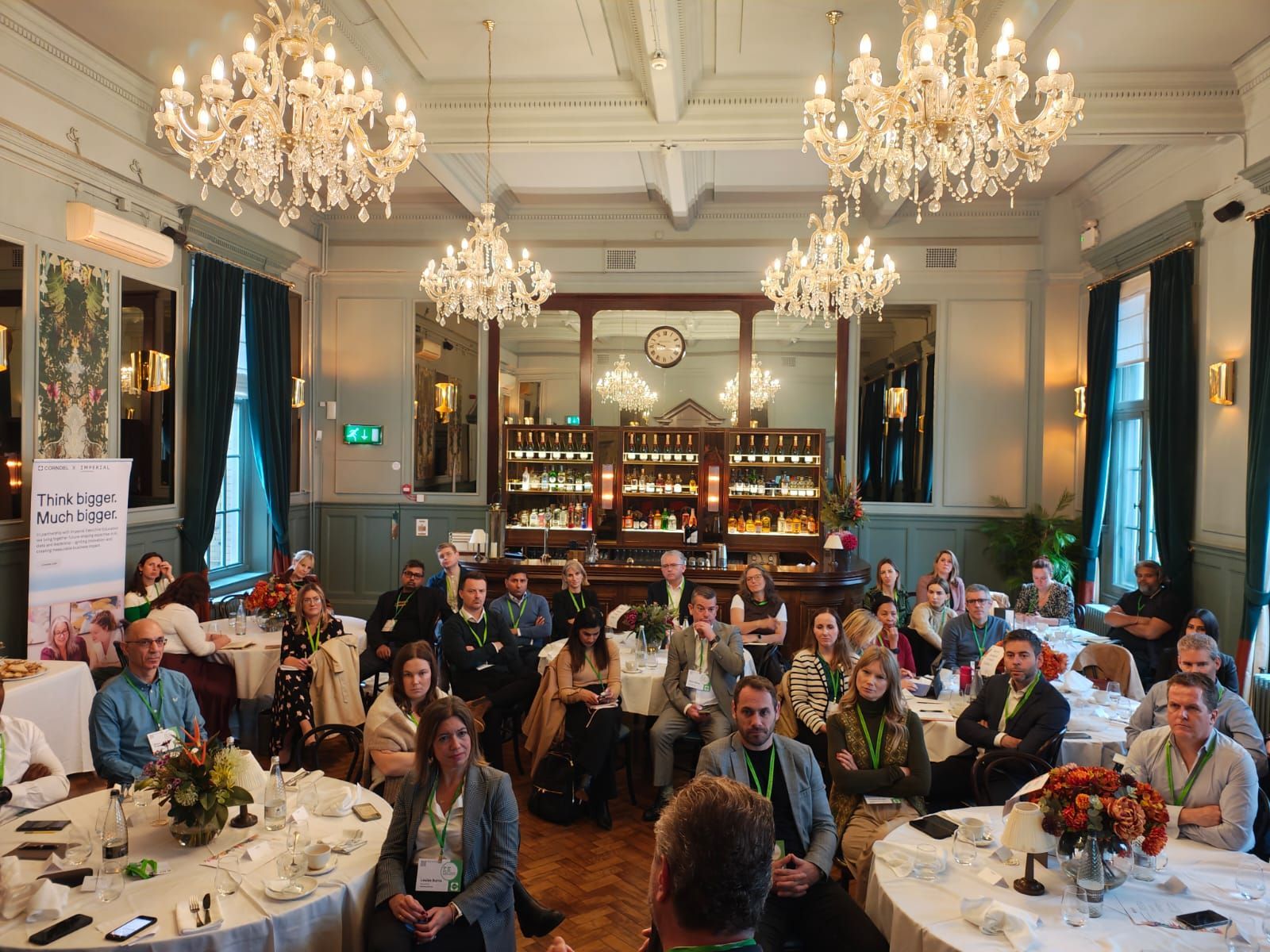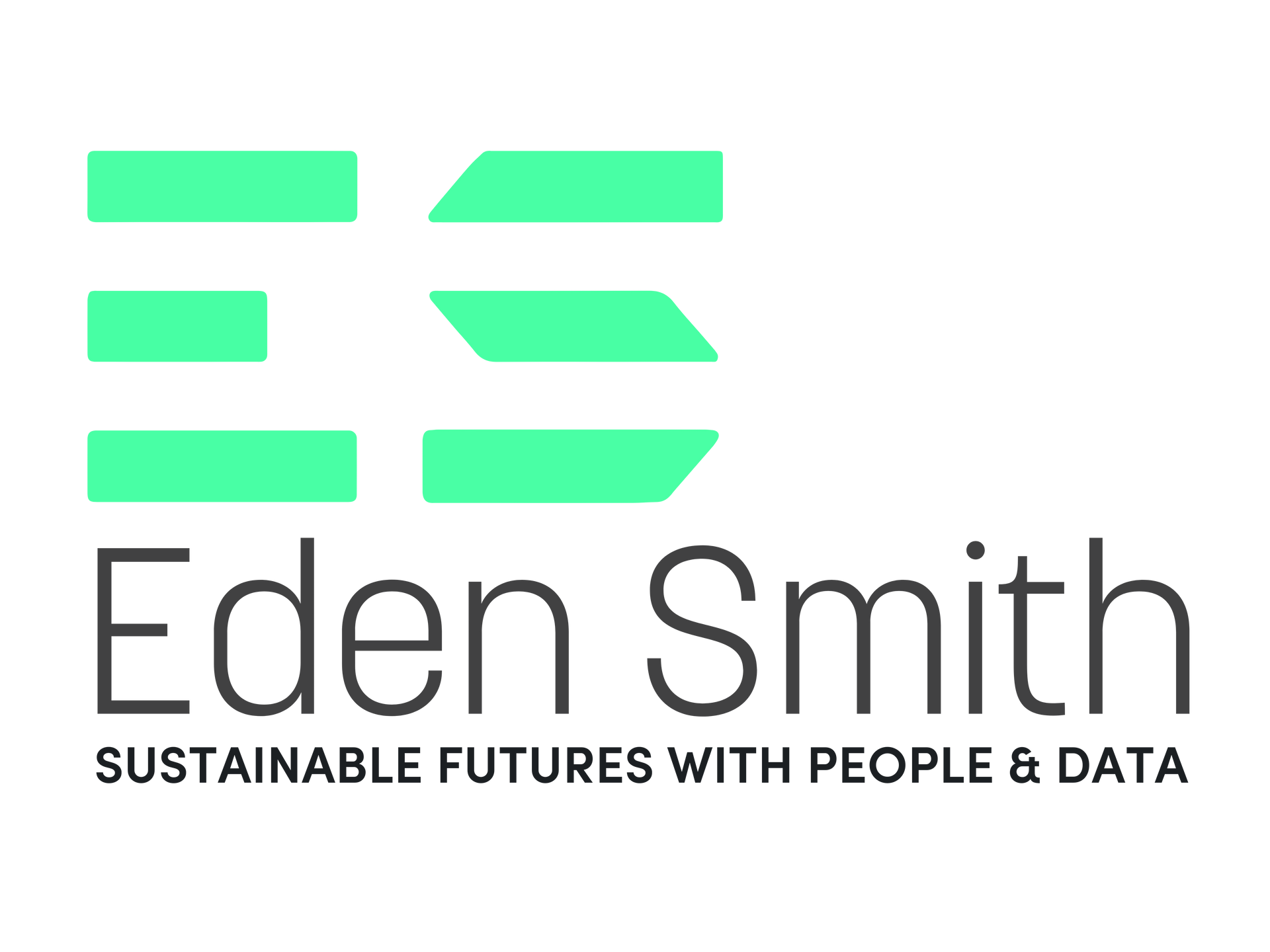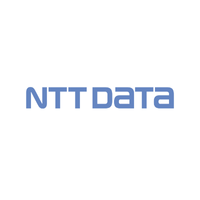Umbrella Reform Is Coming; Make Sure Your Staffing Partners Are Proactive and Compliance First
With draft legislation on umbrella company reform expected July 2025, much of the conversation has focused on the umbrella providers themselves. But if you are an end client engaging contractors through recruitment agencies, you may be closer to the risk than you realise.
The government’s consultation made one thing clear, where non-compliant or financially unstable umbrella providers are used, liability could be shared across the supply chain, including you as the client.
Working only with compliant, financially stable umbrella companies has never been more important with the full force of legislation expected to be implemented in April 2026. The risk is no longer limited to the umbrella provider. Clients must take a more active role in ensuring their supply chains are secure, transparent, and compliant.
Now is the time to ensure that your staffing partners are taking a proactive, compliance first approach to protect your business.
Eden Smith & Future-Proofing Clients Against Compliance Risk
At Eden Smith, we understand that in a fast-evolving regulatory environment, peace of mind comes from knowing your staffing partner is compliance-first. We’ve been working ahead of the curve, embedding enhanced governance processes and early onboarding with trusted partners – including Giant, a long-standing industry leader in IR35 compliance and umbrella management.
But we don’t just talk about compliance – we deliver it through action. From stringent supplier due diligence to routine auditing and contractor education, our processes are built to shield clients from risk and give them full visibility and assurance across the hiring lifecycle.
Flexible Hiring, Without the Compliance Guesswork
We also know that compliance doesn’t have to come at the cost of flexibility. Eden Smith works with clients to design talent solutions that meet business needs without exposing them to legislative risk. Whether you need:
- Contractors via compliant umbrellas
- Fixed-term consultants
- Permanent hires – on either a retained or contingency basis
…we help structure your workforce for agility and growth – without tripping over red tape!
In many cases, we also help clients unlock hiring budgets by advising on the most cost-effective and compliant route to talent. With deep understanding of headcount constraints, IR35 complexities, and project urgency, we position ourselves not just as a recruiter, but as a strategic workforce partner.
What will Change?
The proposed reforms are expected to introduce:
- A statutory definition of an umbrella company, which will end any ambiguity about who qualifies
- New responsibilities for recruitment agencies to verify the compliance and financial stability of umbrella providers
- Joint & several liability, meaning that if an umbrella company fails to meet its tax or worker obligations, your recruitment partner, or even your own business, could be held responsible for unpaid tax
This is not just a change in definitions, it is a shift in accountability. Clients will need to be confident that every link in the supply chain can stand up to scrutiny.
The Risk to You as a Client
Even if you don't choose the umbrella company directly, your agency might. And if that umbrella operates non-compliantly, the financial penalties, reputational damage, and lengthy HMRC investigations could land on your doorstep.
That’s why it’s critical to ensure your staffing suppliers are acting proactively, not reactively, to protect your business.
What You Should Be Asking Your Staffing Partners
To stay protected and ahead of the changes, now is the time to challenge your staffing partners. Here is how to get started:
1. Ask for a review of their umbrella PSL
Find out who they are working with. Are those umbrellas established, financially sound, and subject to regular audits?
2. Request documented due diligence
Your agency should be able to show exactly how they have assessed and approved their umbrella providers. Relying on verbal assurances is not enough.
3. Insist on proof of compliance, insurance, and financial stability
This should include:
- PAYE compliance
- Appropriate insurance cover
- Financial health checks or audits
- Confirmation of good standing with HMRC
4. Expect consistent, auditable record keeping
Any umbrella-based engagement should be traceable, auditable, and clearly documented to protect your business if HMRC or legal teams ever need to investigate.
5. Check internal training levels
Consultants and compliance staff should be fully briefed on the reforms and be ready to answer your questions about how risk is being managed.
A Strategic Opportunity
Working with staffing partners who prioritise compliance over convenience is more than a regulatory necessity – it’s a strategic advantage.
At Eden Smith, we see these reforms not just as a burden, but a chance to future-proof your workforce, reduce hidden costs, and streamline your hiring decisions with full confidence in compliance.
The Bottom Line
Shared liability means shared responsibility, and it starts with your staffing partner.
Thanks to our proactive processes, our trusted partnership with Giant, and our flexible approach to hiring models, Eden Smith is helping clients stay protected, agile, and ready for the legislative shift ahead.
Now is the time to ask the right questions, and partner with the right people. How can we help?











